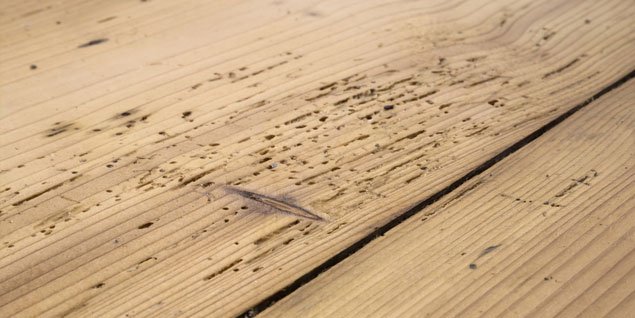A plate compactor is an essential tool for achieving a solid and stable base in construction projects, particularly when working with soil, gravel, or asphalt. However, improper use can lead to ineffective compaction, equipment damage, and even safety hazards. Here are ten common mistakes to avoid when using a plate compactor.
1. Neglecting Pre-Operation Checks
Before starting any work, it’s crucial to perform a pre-operation check of the plate compactor. This includes inspecting the fuel level, checking for leaks, ensuring the engine is clean, and verifying that all components are functioning properly. Neglecting these checks can lead to equipment failure and unsafe working conditions.
2. Using the Wrong Size Compactor
Using the wrong size plate compactor for your project can result in inadequate compaction. Each plate compactor is designed for specific applications, and using one that is too small may not achieve the desired density, Plate Compactor, while one that is too large can cause excessive vibration and damage the soil. Choose a compactor that matches the size and type of the area you are working on for optimal results.
3. Ignoring Material Moisture Content
The moisture content of the material being compacted plays a significant role in achieving effective compaction. If the soil or gravel is too dry, it may not compact evenly. On the other hand, if it’s too wet, it can become soupy and lose stability. Always check the moisture levels and, if necessary, add water to achieve the right consistency for compaction.
4. Compacting in Layers
Compacting too much material at once can lead to ineffective results. Instead, work in layers, compacting each layer before adding more material. This ensures even and thorough compaction, preventing issues like settling or shifting in the future. Generally, layers should be no thicker than 6 inches for optimal results.
5. Overlooking Safety Gear
Safety should never be compromised when operating heavy machinery like a plate compactor. Failing to wear appropriate personal protective equipment (PPE) can result in injuries. Always wear safety goggles, gloves, ear protection, and sturdy footwear to protect yourself from potential hazards, including flying debris and excessive noise.
6. Incorrect Operating Speed
Operating the plate compactor at the wrong speed can lead to ineffective compaction. Moving too quickly may not allow the compactor enough time to properly compact the material, while moving too slowly can cause unnecessary wear on the machine. Follow the manufacturer’s guidelines for optimal operating speed to achieve the best results.
7. Inadequate Training
Using a plate compactor without proper training can lead to mistakes and accidents. Before using the machine, ensure you understand its operation, including how to start it, adjust the throttle, and control its movement. If you’re unfamiliar with the equipment, consider seeking guidance or training from an experienced operator.
8. Failing to Maintain the Compactor
Regular maintenance of the plate compactor is essential for its longevity and performance. Neglecting maintenance tasks like changing the oil, cleaning the air filter, and checking the belts can lead to decreased efficiency and potential breakdowns. Always follow the manufacturer’s maintenance schedule to keep the compactor in optimal condition.
9. Not Considering Surrounding Conditions
Ignoring the surrounding conditions can lead to complications during compaction. Factors like weather, nearby structures, and the type of surface being compacted can affect the effectiveness of your work. For example, compacting in wet conditions can lead to mud, while compacting near a foundation can cause vibrations that may damage it. Always assess the environment before beginning your project.
10. Skipping Post-Operation Inspections
After using the plate compactor, it’s important to conduct a post-operation inspection. Check for any signs of wear or damage, clean the machine, and store it properly to prevent rust or other forms of deterioration. Neglecting this step can lead to issues during future use and reduce the lifespan of the equipment.
Conclusion
Using a plate compactor effectively requires attention to detail and a commitment to safety. By avoiding these common mistakes, you can ensure optimal compaction results while minimizing risks. Always prioritize proper training, equipment maintenance, and environmental considerations to achieve the best outcomes for your construction projects.





